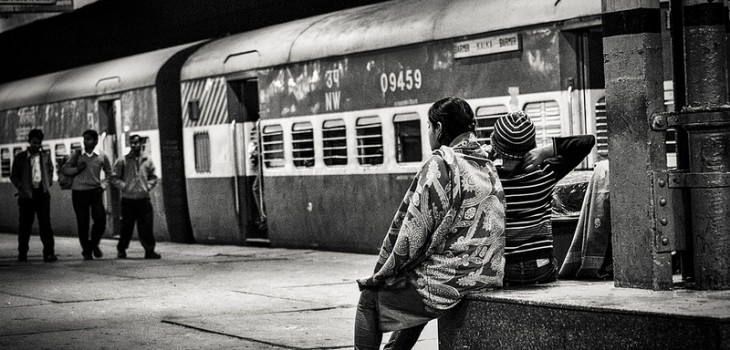By Jacqueline Bhaba, Professor of the Practice of Health and Human Rights, Harvard School of Public Health
I read Sharma et al.’s recent paper ‘Sexual violence in India: addressing gaps between policy and implementation’ with interest. The death of “Nirbhaya”, the 2012 Delhi gang rape victim, generated widespread attention to sexual violence in India and it is good to see that her legacy has not been forgotten. Still, there remains much work to be done. As Sharma et al. note, for every survivor that comes forward, 50 remain silent. Though improving care for survivors who report violence is certainly an urgent imperative, the most appreciable gains in eliminating sexual violence will follow from preventive approaches. If policymakers adopted a more informed and progressive attitude towards gender norms, sexual activity and consent, they would see the urgency of attending to the millions of silent survivors as well as those at risk of experiencing sexual assault.
The Verma Report
Shortly after the tragic events of December 2012, a high level committee under the chairmanship of former chief justice Verma was appointed to make recommendations on improving the Indian government’s policies and practice on gender based violence. With record breaking speed and extraordinary competence, the Committee reported in January 2013. Reflecting the considered opinion of many leading experts from a range of professional and advocacy backgrounds, the report presented a comprehensive set of analytical justifications for action and an excellent toolkit of recommendations for policymakers. The report laid out holistic approaches to violence-prevention, including through purposive and systematic transformation of social norms relating to gender. This approach has received inadequate attention from leading policymakers. Regrettably, as Sharma et al. acknowledge, few of Verma’s overall recommendations have been implemented on a wide scale. The most prominent policy responses of the last 18 months have been narrowly retributive, focused on revenge rather than on considered social policy engagement with attitudinal change or public education. We have seen enthusiastic endorsement of high profile arrests, trials, and ultimately, death sentencing. The intense public pressure for punishment has strengthened necessary efficiency improvements within the law enforcement and judicial agencies but has done little to kick start the necessary process of incremental social change in conceptions of gender relations and gender norms, a process which takes generations but urgently needs to be initiated.
Prevention is better than cure
Sharma et al. rely heavily on US data showing a decrease in reported rapes and relate this positive development to the presence of effective sexual assault response teams. But such teams, important though they are for providing comprehensive support to survivors, are not a preventative instrument and can never be more than one part of the state’s response to fostering mutual respect between the sexes and addressing gender based violence. A policy of zero tolerance for gender based violence depends on a much broader array of state practices. Even if a new cadre of sympathetic police officers, doctors, and nurses is trained, and incident reporting exceeds the quoted rate of 2%, this alone will do little to eliminate the underlying causes of violence. Community leaders, the media, and the school system all have significant roles in educating the public and in reshaping gender discourse and attitudes. India is blessed with very high quality civil society activists in the women’s movement, activists who have been assiduously working on numerous fronts – legal, social, economic – to address the key issues and seek solutions for decades. The Government of India would do well to listen to their advice, to vigorously support their efforts at building women’s empowerment, public education and rights based advocacy. In this area, as in so many others of public concern, prevention is far better than cure. Creating a sea change in societal attitudes is no small task, but the potential returns on this type of investment are significant. Conversely, the cost of inaction on gender based violence is immense. There is an increasing body of research that documents its devastating impact on human and familial wellbeing, social advancement and economic growth. Small wonder then that the trend in donor funding for development assistance and poverty reduction is towards gender-equitable programs and gender mainstreaming in all activities.
To conclude, while I agree that support services for survivors of sexual assault are urgently needed and important, the safety of Indian women and girls will continue to be imperiled if India’s leaders rely solely on punitive measures. It is time they listened to the wisdom of their feminist experts and cast their preventive and interventionist net more broadly.
Further reading












Anushya Chandran 28/04/2015 at 17:33
It’s nearly impossible to find educated people about this topic, however, you seem like you know what you’re talking about!
Thanks